The atomic nucleus: Greater than the sum of its parts
Dr Jacek Dobaczewski, based at the University of York, is looking at ways to simplify a complex physics problem: how to better describe the atomic nucleus – and it’s a question he’s willing to spend a lifetime answering
Imagine this …
In 1909, Ernest Rutherford conducted what has since become a famous experiment. At that time, everybody believed that atoms had the same consistency throughout their structure, with negatively charged electrons scattered about inside. Ernest was irradiating a thin foil of gold with alpha radiation and, as expected, the vast majority of particles went straight through the foil.
However, every now and then, some alpha particles bounced back, as if they had hit something solid. It’s difficult to overstate how surprising this was at that time; it was like shooting a bullet at a piece of paper and have it rebound back towards you. After tracing many particles and examining the patterns, Ernest realised that matter must be composed of very small objects in the centre of atoms – something now known as the atomic nucleus.
Since Ernest Rutherford discovered the atomic nucleus more than a century ago, researchers have found that it is a composite object built of both protons and neutrons. Every chemical element has a different composition, each with a different number of protons, and new ones are still being discovered. Indeed, just a few years ago, the heaviest chemical element known to humankind was discovered and its name – Oganesson-294 – was coined in 2016. It was taken from the family name of a Russian nuclear physicist of Armenian origin, Youri Oganessian.
Oganesson-294 is built out of 294 constituent particles; its nucleus contains 118 protons and 176 neutrons. Unfortunately, it’s impossible to describe the properties of Oganesson-294 by considering all possible interactions between its protons and neutrons, so Dr Jacek Dobaczewski, based at the University of York, is trying to simplify the problem. Jacek and his team try to devise theories that will describe composite systems as a whole and discover whether there are general rules that govern their structure.
WHAT DOES JACEK HYPOTHESISE IN HIS CURRENT RESEARCH PROJECT?
If we think of the 294 constituent particles of Oganesson-294 and then imagine a village of 294 inhabitants, with 118 men and 176 women, we can get a sense of Jacek’s research. To describe the social mechanisms of the village, we might move away from detailed interactions between inhabitants and instead focus on some aggregate features. For instance, how many families live next to the village pond? How many along the river? How many close to the highlands? To gain an understanding of the village, it’s probably less relevant to concentrate on where any given individual lives, and more relevant to consider where fishermen or shepherds live.
The principal hypothesis of Jacek’s research is that the atomic nucleus can be better described by aggregate quantities, like the densities of protons and neutrons, and not by the positions and interactions of individual particles.
WHAT ARE THE POTENTIAL APPLICATIONS FOR NUCLEAR PHYSICS?
Nuclear physics has often been associated with dangerous ideas and catastrophic results. Nuclear weapons are a continuous cause for concern, as is nuclear waste and nuclear accidents such as the Chernobyl disaster that occurred in 1986.
However, nuclear physics also makes enormous positive contributions to society, such as nuclear energy which heats homes, nuclear radiation that helps cure cancers, and nuclear magnetic resonance that enables doctors to look inside our bodies. “Over the past few decades, nuclear physics has had a great impact on technology and society,” says Jacek. “This will undoubtedly continue in the future, with thousands of nuclear scientists working on a variety of technological applications for nuclear physics.”
Not every investigation and research project have to have a definitive practical aim – many researchers work in the field of nuclear physics out of curiosity. Jacek can be said to fall into this camp, as he works to understand how composite quantum objects are built from their simple constituent parts.
HAVE ANY IMPORTANT DISCOVERIES BEEN MADE IN THE FIELD OF NUCLEAR PHYSICS IN THE LAST FEW YEARS?
Many of the heaviest chemical elements have been discovered in recent times. Oganesson with an atomic number of 118 was synthesised in 2002, Tennessine with an atomic number of 117 in 2010, and Livermorium with atomic number 116 in 2006. These syntheses were extremely difficult, so only a few specimens of each have ever been seen by researchers. Interestingly, these heavier elements have completely different nuclear properties from their lighter counterparts. It’s likely that their atomic and chemical properties are also significantly different. Recently, scientists have conducted chemistry experiments on single atoms and there are indications that, at the far end, the periodic table might not continue as previously thought.
It’s clear that a nuclear physicist’s work can never be considered complete. There will always be new problems to solve and discoveries to make and, as our understanding develops, so too do the opportunities within the field.
Reference
https://doi.org/10.33424/FUTURUM15
Atomic Particle
Jacek and his research team at the University of York
Jacek and his research team at the University of York
Jacek enjoys a holiday in the Gorges du Verdon, France
Since Ernest Rutherford discovered the atomic nucleus more than a century ago, researchers have found that it is a composite object built of both protons and neutrons. Every chemical element has a different composition, each with a different number of protons, and new ones are still being discovered. Indeed, just a few years ago, the heaviest chemical element known to humankind was discovered and its name – Oganesson-294 – was coined in 2016. It was taken from the family name of a Russian nuclear physicist of Armenian origin, Youri Oganessian.
Oganesson-294 is built out of 294 constituent particles; its nucleus contains 118 protons and 176 neutrons. Unfortunately, it’s impossible to describe the properties of Oganesson-294 by considering all possible interactions between its protons and neutrons, so Dr Jacek Dobaczewski, based at the University of York, is trying to simplify the problem. Jacek and his team try to devise theories that will describe composite systems as a whole and discover whether there are general rules that govern their structure.
WHAT DOES JACEK HYPOTHESISE IN HIS CURRENT RESEARCH PROJECT?
If we think of the 294 constituent particles of Oganesson-294 and then imagine a village of 294 inhabitants, with 118 men and 176 women, we can get a sense of Jacek’s research. To describe the social mechanisms of the village, we might move away from detailed interactions between inhabitants and instead focus on some aggregate features. For instance, how many families live next to the village pond? How many along the river? How many close to the highlands? To gain an understanding of the village, it’s probably less relevant to concentrate on where any given individual lives, and more relevant to consider where fishermen or shepherds live.
The principal hypothesis of Jacek’s research is that the atomic nucleus can be better described by aggregate quantities, like the densities of protons and neutrons, and not by the positions and interactions of individual particles.
WHAT ARE THE POTENTIAL APPLICATIONS FOR NUCLEAR PHYSICS?
Nuclear physics has often been associated with dangerous ideas and catastrophic results. Nuclear weapons are a continuous cause for concern, as is nuclear waste and nuclear accidents such as the Chernobyl disaster that occurred in 1986.
However, nuclear physics also makes enormous positive contributions to society, such as nuclear energy which heats homes, nuclear radiation that helps cure cancers, and nuclear magnetic resonance that enables doctors to look inside our bodies. “Over the past few decades, nuclear physics has had a great impact on technology and society,” says Jacek. “This will undoubtedly continue in the future, with thousands of nuclear scientists working on a variety of technological applications for nuclear physics.”
Not every investigation and research project have to have a definitive practical aim – many researchers work in the field of nuclear physics out of curiosity. Jacek can be said to fall into this camp, as he works to understand how composite quantum objects are built from their simple constituent parts.
HAVE ANY IMPORTANT DISCOVERIES BEEN MADE IN THE FIELD OF NUCLEAR PHYSICS IN THE LAST FEW YEARS?
Many of the heaviest chemical elements have been discovered in recent times. Oganesson with an atomic number of 118 was synthesised in 2002, Tennessine with an atomic number of 117 in 2010, and Livermorium with atomic number 116 in 2006. These syntheses were extremely difficult, so only a few specimens of each have ever been seen by researchers. Interestingly, these heavier elements have completely different nuclear properties from their lighter counterparts. It’s likely that their atomic and chemical properties are also significantly different. Recently, scientists have conducted chemistry experiments on single atoms and there are indications that, at the far end, the periodic table might not continue as previously thought.
It’s clear that a nuclear physicist’s work can never be considered complete. There will always be new problems to solve and discoveries to make and, as our understanding develops, so too do the opportunities within the field.
CHEMICAL ELEMENTS IN A (VERY SMALL) NUTSHELL
Chemical elements are substances that cannot be broken down into any other substance. Each element has its own type of atom, which is why each chemical element is different from the others. Everything in the Universe contains atoms of at least one or more elements, and 118 elements have been identified so far. Ninety-four of these occur naturally on Earth, while the remaining 24 have been created artificially.
Atoms are made up of a nucleus that contains protons and neutrons, surrounded by electrons in shells. It is difficult to comprehend just how small an atomic nucleus is, but it is much smaller than the width of a human hair and a typical bacterium. The nuclei of all atoms contain subatomic particles called protons. Hydrogen is the only element that contains protons but not neutrons in its atomic nucleus. In fact, hydrogen contains a single proton. To build other elements, neutrons must be added to their nuclei because, without neutrons, further protons cannot be added.
Protons are subatomic particles with a positive charge and a relative mass of 1, and neutrons are uncharged subatomic particles with a mass of relative to a proton.
Remember: protons are positive, and neutrons are neutral.
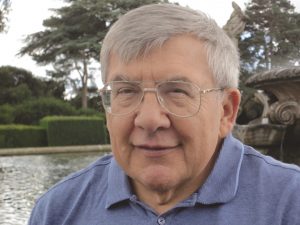 JACEK DOBACZEWSKI
JACEK DOBACZEWSKI
Chair in Theoretical Nuclear Physics
University of York, UK
FIELD OF RESEARCH: Theoretical nuclear physics
RESEARCH PROJECT: Jacek’s work aims to simplify the problem of describing the atomic nucleus of chemical elements. His research will devise theories that will describe the composite system as a whole, mainly through attempting to discover whether there are general rules that govern its structure.
FUNDERS: Science & Technology Facilities Council (STFC) Grants No. ST/M006433/1 and No. ST/P003885/1
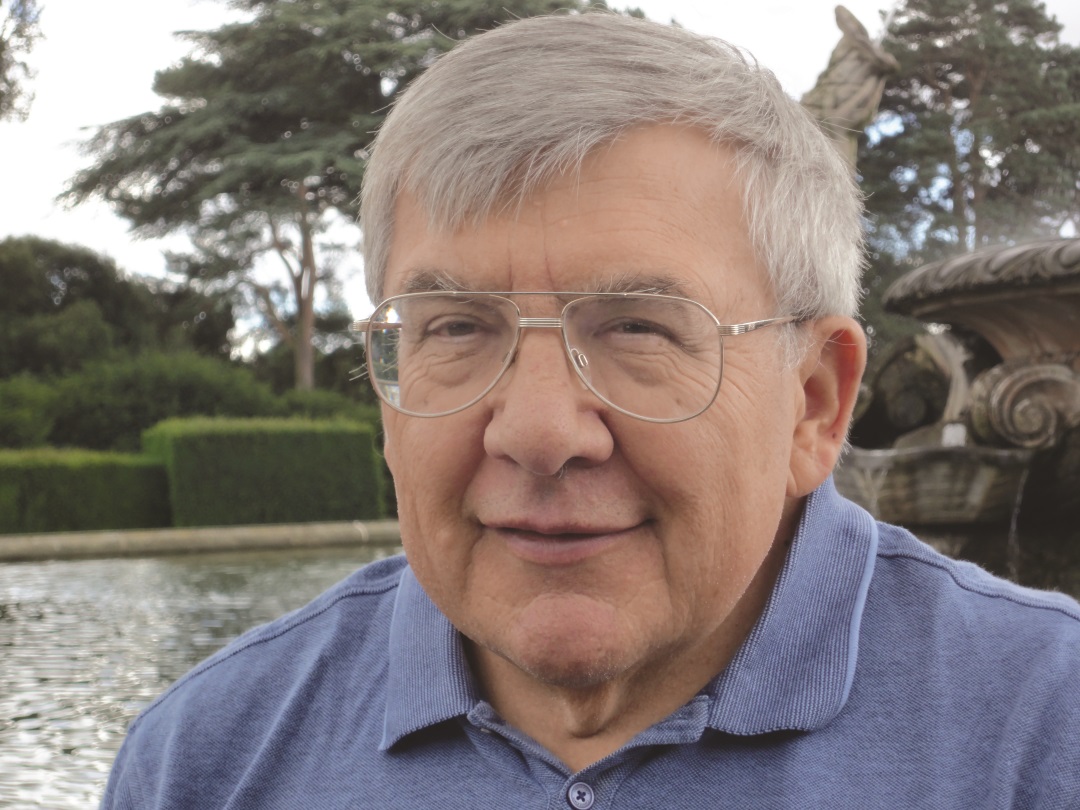 JACEK DOBACZEWSKI
JACEK DOBACZEWSKI
Chair in Theoretical Nuclear Physics
University of York, UK
FIELD OF RESEARCH: Theoretical nuclear physics
RESEARCH PROJECT: Jacek’s work aims to simplify the problem of describing the atomic nucleus of chemical elements. His research will devise theories that will describe the composite system as a whole, mainly through attempting to discover whether there are general rules that govern its structure.
FUNDERS: Science & Technology Facilities Council (STFC) Grants No. ST/M006433/1 and No. ST/P003885/1
OPPORTUNITIES IN NUCLEAR PHYSICS
- According to the Nuclear Skills Strategy Group, the UK will require approximately 111,000 full time employees by 2021
- Many UK universities work collaboratively with the nuclear sector. The Nuclear Institute has further information on some opportunities, as well as a range of approved apprenticeship schemes
- The 27th International Nuclear Physics Conference will be held in Glasgow, UK, 29 July to 2 August 2019
- According to PayScale, the average salary for a Nuclear Physicist is around £77,000
ASK JACEK
WHO INSPIRED YOU TO STUDY PHYSICS AT UNIVERSITY?
Certainly my high school teacher. He conducted the most unusual and untypical classes in the entire school. He pointed us towards problem solving that inspired some spectacular, sometimes explosive, experiments! I remember one class where we estimated forces acting on an iron bar that was fixed at its ends and cooled by dry ice. It snapped with the most horrible noise and finding out why was the most interesting journey into the structure of metals.
DO YOU TEACH AS PART OF YOUR ROLE? IS THIS SOMETHING THAT YOU ENJOY?
I’m currently employed at the University of York on a research grant, so I don’t currently teach. However, I have taught for around 40 years during my professional career, so I would say I’ve had a good dose of teaching experience. I enjoyed teaching, but I gradually stopped enjoying the amount of time it takes.
WHAT HAS BEEN THE HIGHLIGHT OF YOUR CAREER SO FAR?
As a young postdoc, I solved the problem of how to describe nuclei built of many more neutrons than protons. Even now, I’m probably best known in the community for this early success. Since then, I’ve been offered a variety of opportunities to build and lead large research groups, which has allowed me to propose and realise ideas that couldn’t be addressed without teamwork. This is what I do now – try to develop methods that enable us to describe properties of heavy nuclei with previously unavailable precision.
YOU’VE SPENT MOST OF YOUR CAREER AT THE UNIVERSITY OF WARSAW BUT HAVE SINCE MOVED TO THE UK. CAN YOU DISCUSS THESE EXPERIENCES IN MORE DETAIL?
It’s true that I’ve spent most of my career at the University of Warsaw, but also a very large chunk outside Warsaw. I think around 30% of my career has been spent working abroad, so I would rather call myself an ambulant physicist – not an atypical professional profile these days, at all. I really love moving to new places and embracing new challenges, and York has satisfied both.
WHAT DO YOU FIND MOST FASCINATING AND EXCITING ABOUT THIS PARTICULAR AREA OF PHYSICS?
I am a big fan of having a philosophical approach to physics and science in general, which sees ‘emergence’ as the basic principle of nature. This approach says that the whole is always more than a mere sum of its constituent parts. For instance, a living organism is the sum of its biological cells, but its essential features are well beyond what the properties of cells can tell us.
A biological cell is a sum of simple organelles, but its functions in life emerge as something much more than a sum of its membrane, cell nucleus, mitochondria or chloroplasts. The proteins inside the cell are so much more than the sum of the constituent atoms. This chain of emerging phenomena continues down to smaller and smaller objects, and the atomic nucleus exhibits fascinating quantum phenomena that emerge well beyond what its fundamental constituents, protons and neutrons can tell us. To me, the questions of how protons and neutrons are organised within the atomic nucleus is the principal scientific problem and is worth spending a lifetime of research on.
FINALLY, DO YOU HAVE ANY WORDS OF WISDOM REGARDING A DAY IN THE LIFE OF A PHYSICIST?
Well, first, I want to say that being a scientist – and, in particular, a physicist – is an extremely pleasant and rewarding way of spending one’s time in this world. The freedom to organise your time and life is incredible; these are never 9-to-5 jobs. Working in physics is a pleasure and it’s something that never stops – you can do your thinking wherever you are and whatever you’re doing. It’s said that the best ideas come in the shower, so I recommend taking a shower five times a day!
You get to work with some extremely bright people, and you have fantastic help and support from your supervisors and colleagues. Of course, there are downsides, too. It’s an extremely competitive environment; getting a stable job situation is difficult and a stability in life is not easy to attain. But, hey, it worked for me – why wouldn’t it work for you, too?
JACEK’S TOP TIPS FOR STUDENTS
- If you’re curious about how the world works, then physics is for you!
- Physics is an extraordinarily broad subject, with something for everyone.
- Tailor your particular interest into a specific branch of physics.
- If you want to know how physical properties influence life, or why the brain uses quantum mechanics, then study biophysics.
- Astrophysics will help you understand more about gravitational waves.
- Nuclear physics can be used to solve the nuclear waste problem.
- Ultimately, physics can be studied for its own sake – it doesn’t need to have a specific aim in mind!


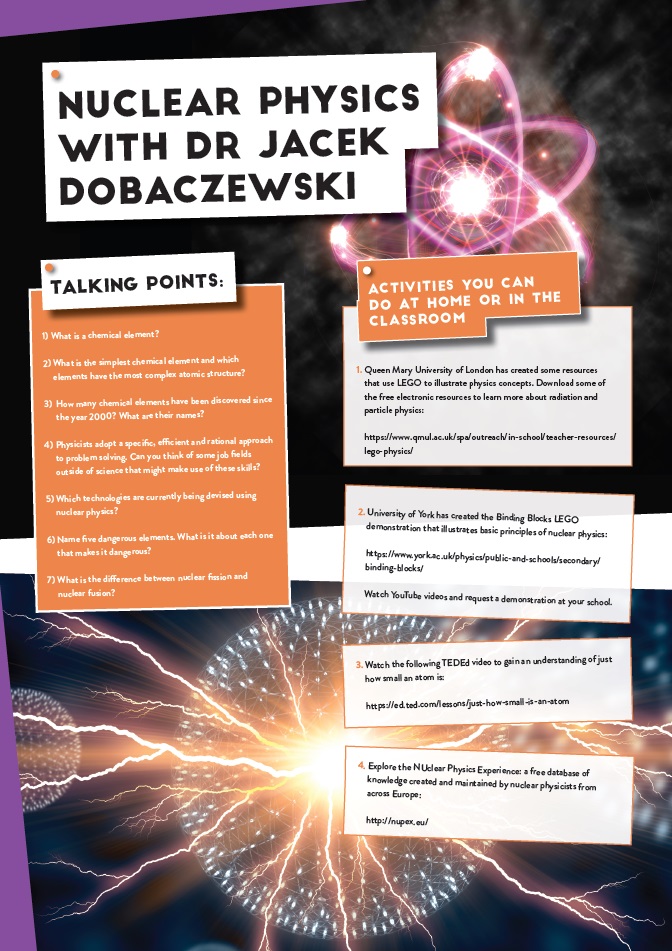
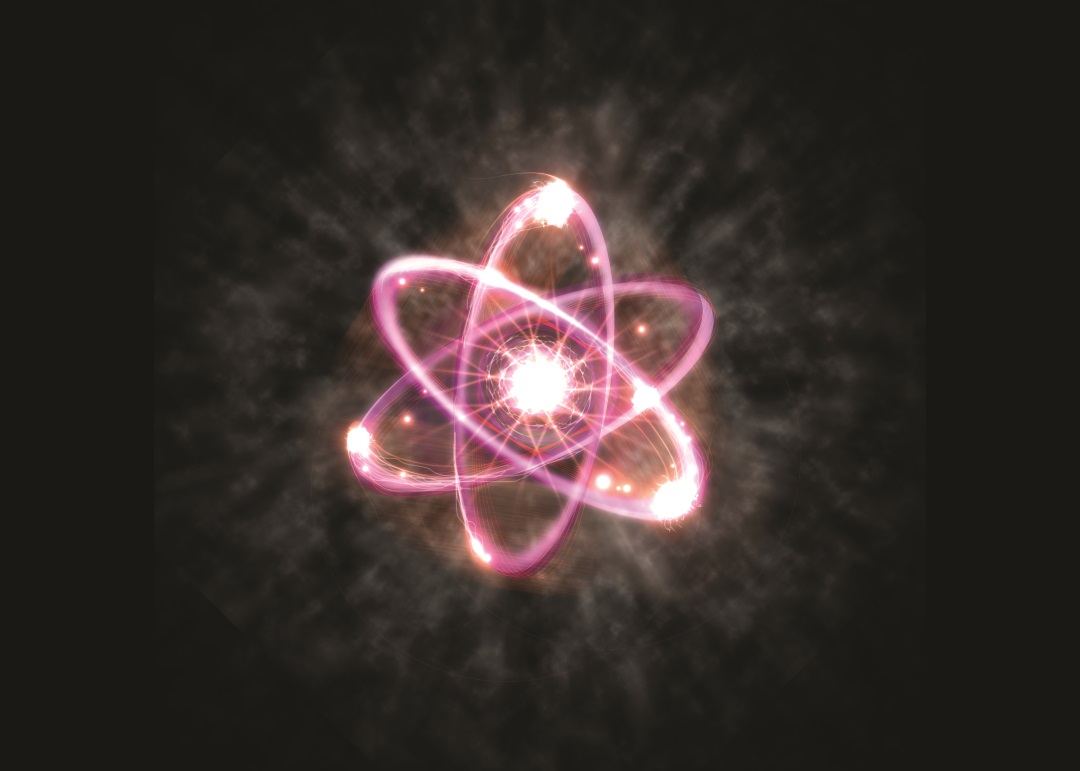
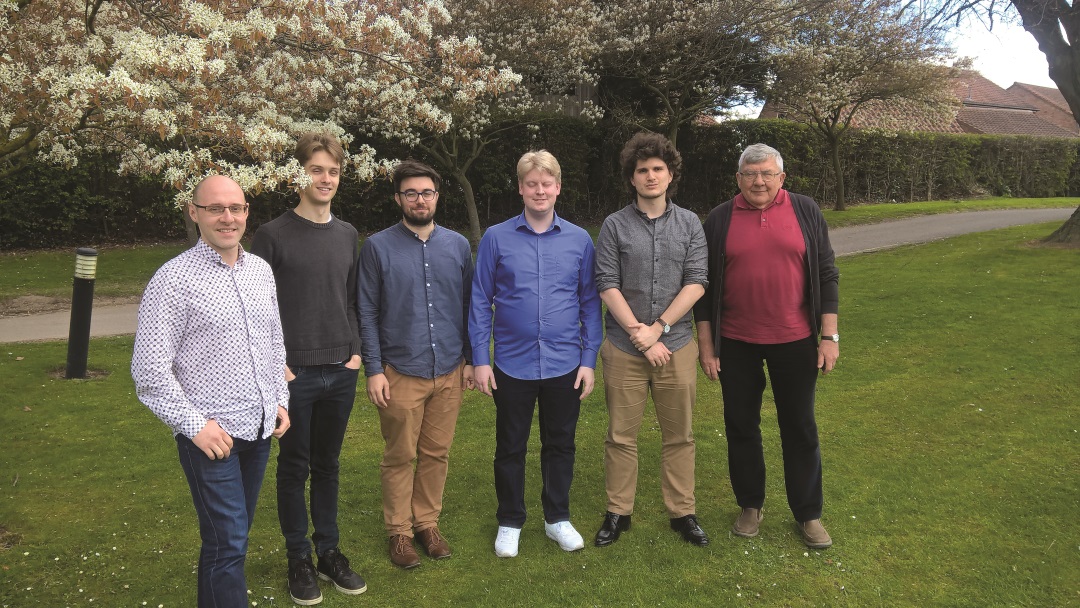



Prof Prem raj Pushpakaran writes — 2019 marks the 100th year of the discovery of positively charged stable subatomic particle, Proton!!!
You’re right! And CERN has written a great little article about it: https://home.cern/news/news/physics/proton-century
Thanks for highlighting this important anniversary, Prof Pushpakaran.